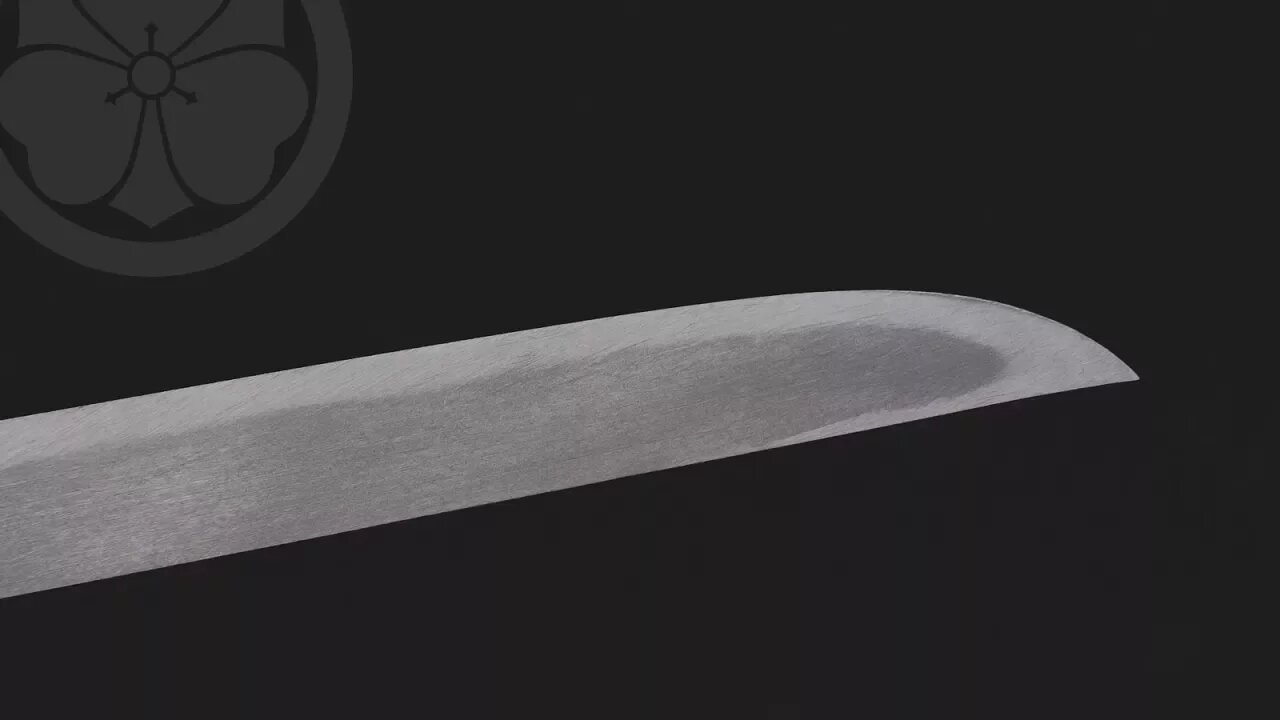Premium Only Content

Clay & Water Quench Hamon on 100 year old carbon steel - Traditional Yaki-ire
The immersive experience of being in the darkened workshop during a traditional clay and water quench using a charcoal forge. A hamon is created on a tanto using a 1mm thick layer of roughly 1:1:1 natural clay, charcoal powder, and polishing stone powder. The blade is about 29cm long (nagasa), 2.3cm wide (motohaba) and 6mm thick (motokasane). The final shot shows the rough kajitogi polish to check the hamon placement using a very coarse waterstone (torajirushi 80#, lobstercarbon 120#).
first heat slowly and carefully,
then the quench,
check edge hardness with a file,
remove the clay with a mild steel scraper,
then temper lightly over the flames,
and test polish to check the hamon.
watch this type of blade being forged:
https://www.youtube.com/watch?v=y7fROs7i8-U
see where the raw materials come from:
https://www.youtube.com/watch?v=Ss8mUmvfWfA
learn more about the process: http://islandblacksmith.ca/process/
-
 LIVE
LIVE
Barry Cunningham
12 hours agoMUST WATCH: KAROLINE LEAVITT HOSTS WHITE HOUSE PRESS CONFERENCE!
1,598 watching -
 10:51
10:51
Adam Does Movies
1 hour agoI Know What You Did Last Summer - Movie Review
801 -
 UPCOMING
UPCOMING
The Tom Renz Show
53 minutes agoThe DOJ Does Something! They Sue to Keep Fluoride in the Water???
121 -
 LIVE
LIVE
The Charlie Kirk Show
1 hour agoDefund NPR + New War in Syria? America's Military Restored| Ashkar | 7.17.25
2,714 watching -
 LIVE
LIVE
Viss
1 hour ago🔴LIVE - How to Win The Battleground with Tactics, Precision, & Knowledge!
134 watching -
 LIVE
LIVE
The Mel K Show
1 hour agoMORNINGS WITH MEL K - Redefining the Threat We Face: Who are our Allies and Adversaries Really? 7-17-25
1,001 watching -
 40:09
40:09
The Rubin Report
2 hours agoListen to ‘The View’ Crowd Gasp as Whoopi Melts Down Over Mark Cuban’s Mild Criticism of Dems
57.5K55 -
 LIVE
LIVE
Flyover Conservatives
12 hours agoBirth Rates Too Low to Survive. The ONLY Diaper Company That Doesn’t Fund Abortions?! Texas Flood Victim Relief - Sarah Gabel and Michael Seifert, EveryLife | FOC Show
264 watching -
 DVR
DVR
The Shannon Joy Show
19 hours ago🔥🔥HUGE Win for Medical Freedom! Exclusive Interview With America’s Hero Doctor - Dr. Kirk Moore! 🔥🔥
4.83K3 -
 LIVE
LIVE
Grant Stinchfield
1 hour agoThe Biden Testimony America Deserves
147 watching